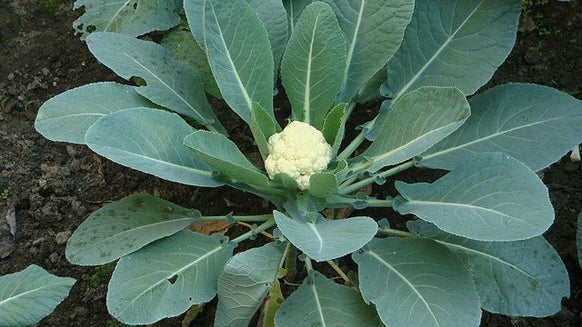Embracing the Beauty of May: Top 10 Seasonal Flowers for Your Garden
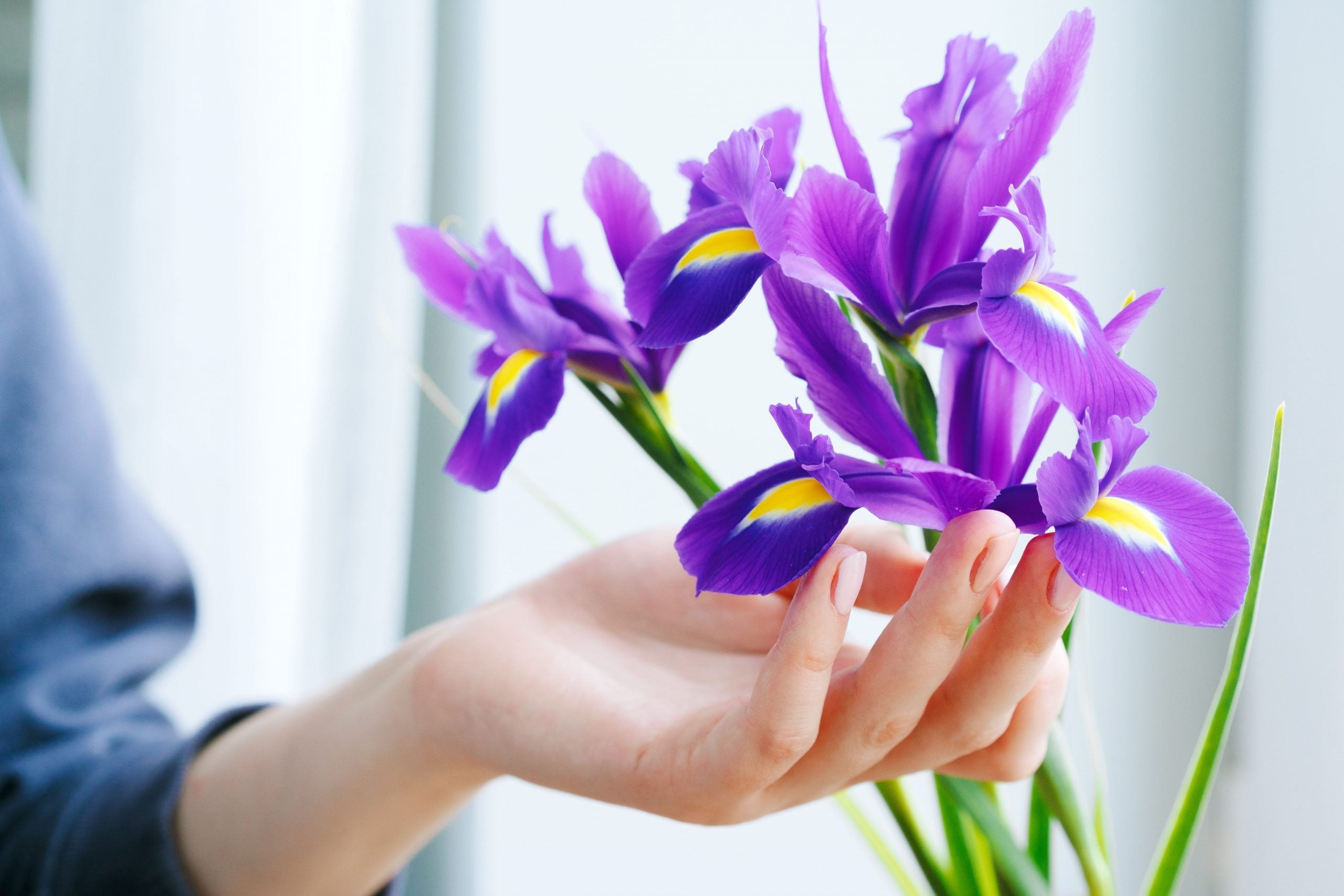
As May unfolds with its gentle warmth and abundant sunshine, gardens across the UK burst into a riot of colour with the arrival of seasonal flowers. Dive into May flowering plants to create a vibrant tapestry of blooms in your garden this spring. From delicate blossoms to bold blooms, May offers a treasure trove of floral delights that add charm and vibrancy to outdoor spaces. In this article, we'll explore the top 10 seasonal flowers that take centre stage in gardens throughout May, providing inspiration for both novice and seasoned gardeners alike. When considering your outdoor space, don't underestimate the transformative power of planting pots.
Our Top 10 May Flowering Plants are:
- Tulips
- Bluebells
- Peonies
- Lilacs
- Forget-Me-Not
- Irises
- Azaleas
- Foxgloves
- Columbines
- Roses
Tulips
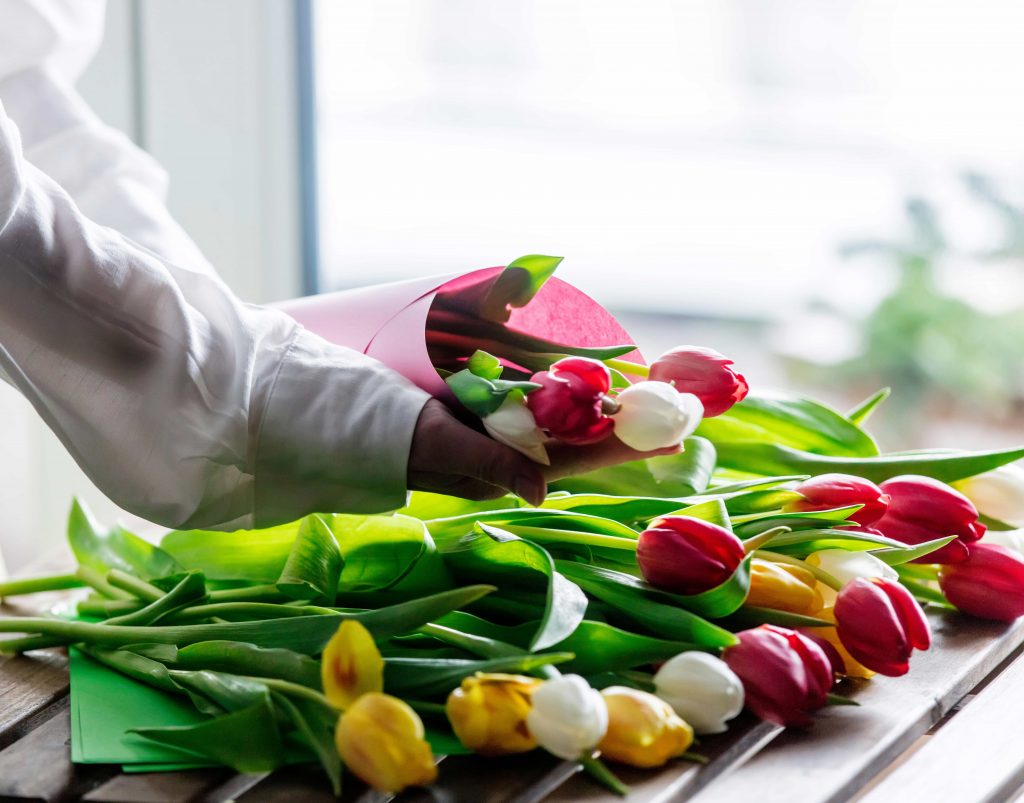
May marks the peak season for tulips, with these iconic flowers flaunting their dazzling array of colours and shapes. From bold reds and yellows to soft pinks and purples, tulips add a splash of vibrancy to gardens and flower beds. Whether planted in clusters or mixed with other spring blooms, tulips never fail to captivate with their beauty and elegance.
Bluebells
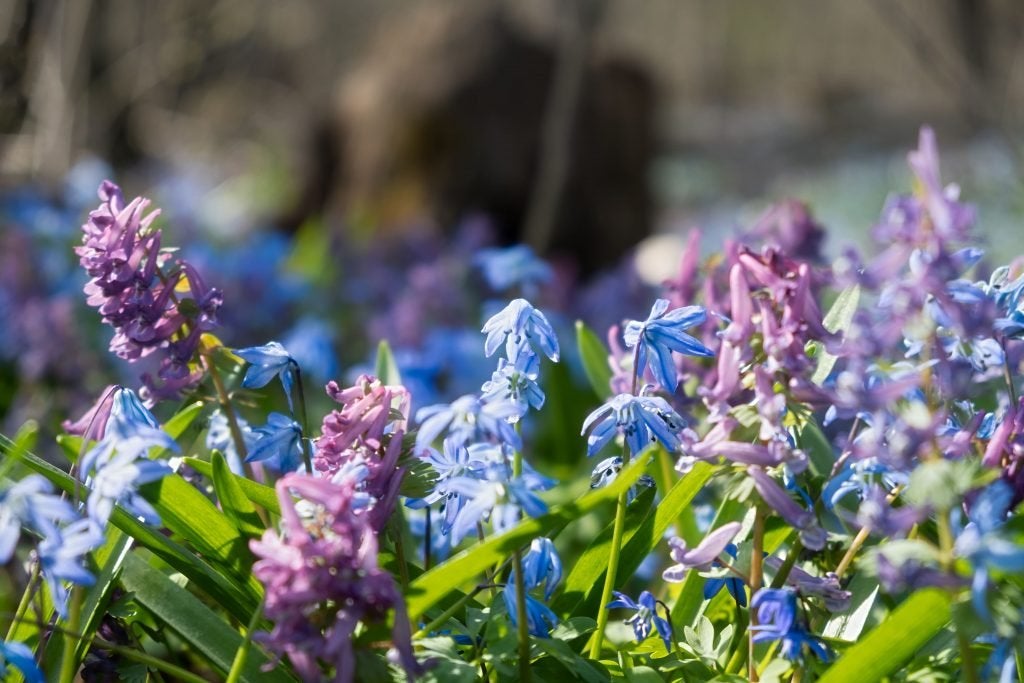
Woodlands and gardens come alive with the enchanting sight and scent of bluebells in May. These delicate bell-shaped flowers carpet the forest floor in shades of blue, creating a magical and ethereal atmosphere. Whether enjoyed on leisurely woodland walks or admired in garden borders, bluebells evoke a sense of nostalgia and wonder that is synonymous with the arrival of spring. When considering your outdoor space, don't underestimate the transformative power of planting pots if you're looking to capture these colourful bunches in different sections of your garden.
Peonies

With their lush petals and intoxicating fragrance, peonies are a beloved favourite among gardeners and flower enthusiasts alike. May heralds the arrival of these sumptuous blooms, which range in colour from soft pastels to rich jewel tones. Whether adorning bouquets or gracing garden borders, peonies exude elegance and romance, making them a cherished symbol of the season. Elevate your garden with a striking large garden plant pot, perfect for showcasing statement plants like these Peonies and trees.
Lilacs
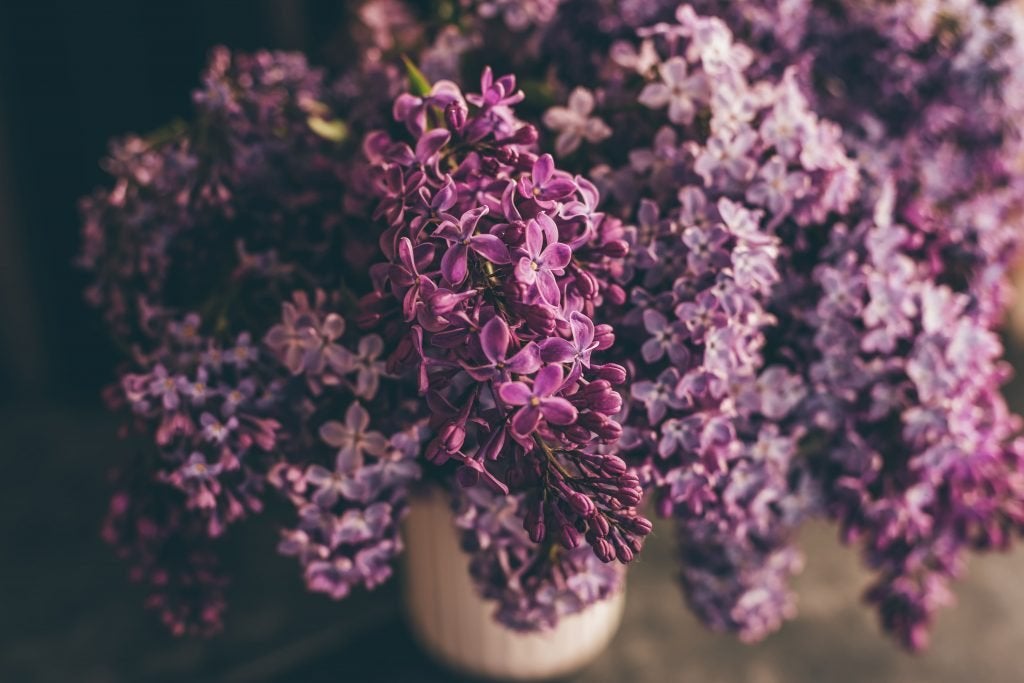
May is the month when lilacs burst into bloom, filling the air with their sweet and heady fragrance. These fragrant shrubs produce clusters of delicate flowers in shades of purple, pink, and white, creating a picturesque display that is both charming and evocative. Lilacs are a popular choice for gardeners seeking to add a touch of old-fashioned charm and nostalgia to their outdoor spaces. Transform your outdoor space with an array of vibrant potted outdoor plants, adding bursts of colour and life to any corner.
Forget-Me-Nots
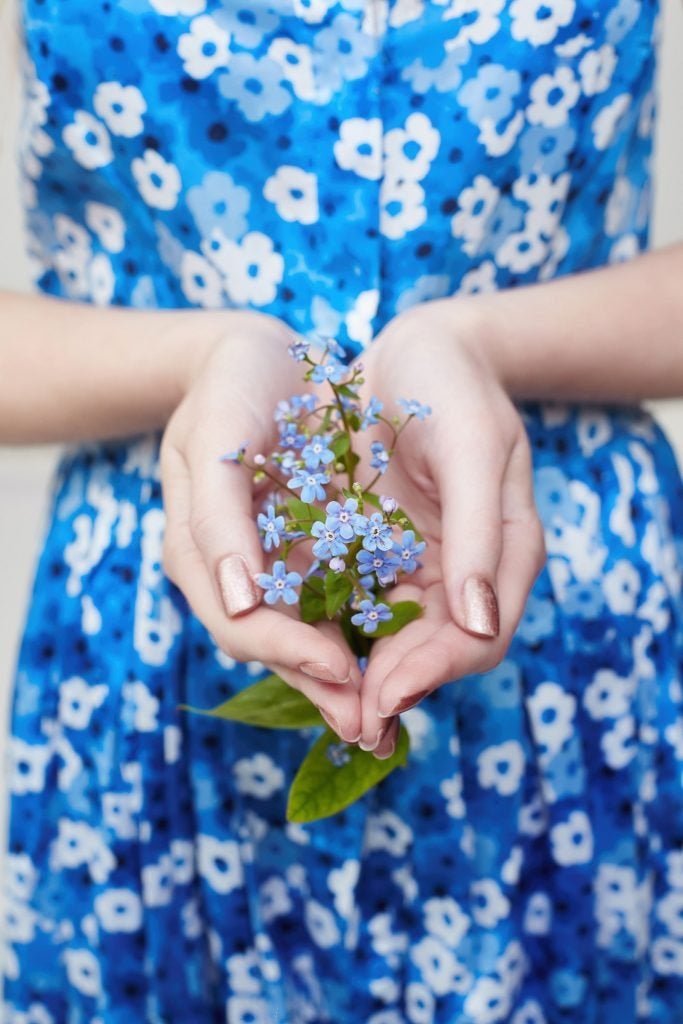
True to their name, forget-me-nots bloom profusely in May, carpeting gardens with clusters of tiny blue flowers. These dainty blooms symbolise remembrance and enduring love, making them a meaningful addition to any garden. Forget-me-nots thrive in shady spots and damp soil, making them ideal for planting beneath trees or along garden paths where they can naturalise and spread freely.
Irises
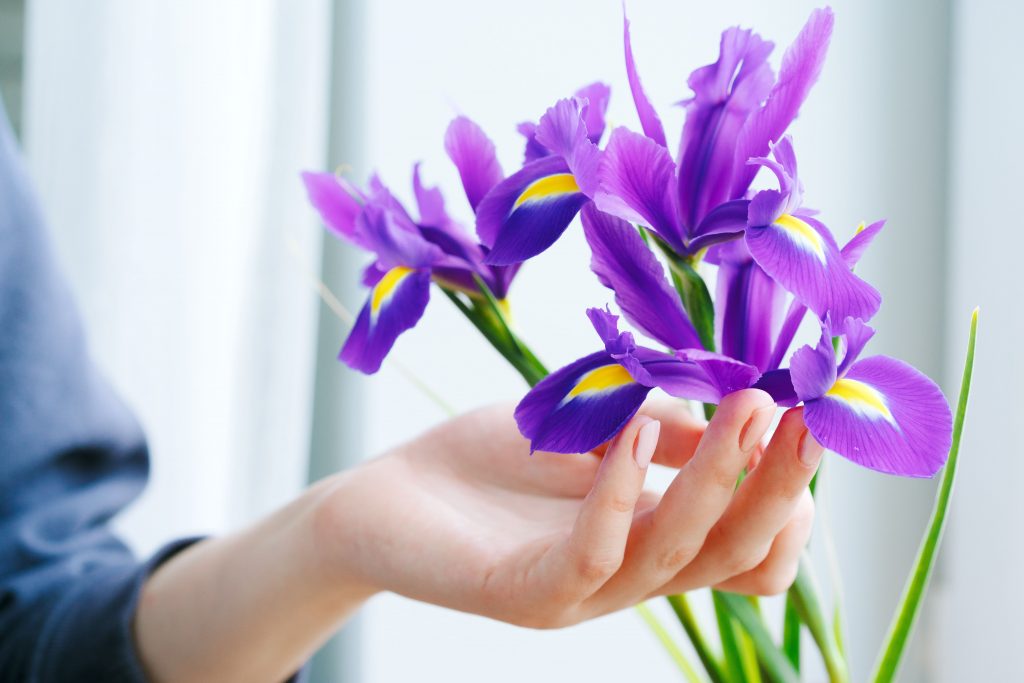
May brings the arrival of irises, with their striking blooms and intricate patterns adding a touch of elegance to gardens and landscapes. These graceful flowers come in a myriad of colours, including shades of purple, blue, yellow, and white, and are prized for their architectural beauty and versatility. Whether planted in borders, along water features, or in containers, irises are sure to make a statement in any garden.
May is a time of abundance and renewal in the garden, with an array of seasonal flowers bursting into bloom and delighting the senses with their beauty and fragrance. From the vibrant hues of tulips and peonies to the delicate charm of bluebells and forget-me-nots, May offers a kaleidoscope of colour and texture that celebrates the arrival of spring in all its glory. Whether you're an avid gardener or simply a lover of nature, take the time to revel in the splendour of May's seasonal flowers and let their beauty inspire and uplift your soul.
Azaleas
 Azaleas are a sight to behold in May, with their vibrant blooms lighting up garden borders and woodland areas. These hardy shrubs produce clusters of flowers in shades of pink, purple, red, and white, creating a stunning display of colour. Embrace the enduring charm of these flower perennial plants, adding bursts of color throughout the seasons
Azaleas are a sight to behold in May, with their vibrant blooms lighting up garden borders and woodland areas. These hardy shrubs produce clusters of flowers in shades of pink, purple, red, and white, creating a stunning display of colour. Embrace the enduring charm of these flower perennial plants, adding bursts of color throughout the seasons
Foxgloves
 With their tall spires of tubular flowers, foxgloves add height and drama to garden borders in May. These biennial plants attract pollinators and come in shades of pink, purple, and white, creating a cottage garden feel.
With their tall spires of tubular flowers, foxgloves add height and drama to garden borders in May. These biennial plants attract pollinators and come in shades of pink, purple, and white, creating a cottage garden feel.
Columbines
 Columbines are prized for their unique flowers, which resemble delicate bonnets or bells. These perennial plants come in a variety of colours and are perfect for adding a whimsical touch to May gardens.
Columbines are prized for their unique flowers, which resemble delicate bonnets or bells. These perennial plants come in a variety of colours and are perfect for adding a whimsical touch to May gardens.
Roses
 No list of seasonal flowers would be complete without roses, which come into their own in May. These timeless blooms are available in a myriad of colours, shapes, and fragrances, adding romance and elegance to any garden setting.
No list of seasonal flowers would be complete without roses, which come into their own in May. These timeless blooms are available in a myriad of colours, shapes, and fragrances, adding romance and elegance to any garden setting.








